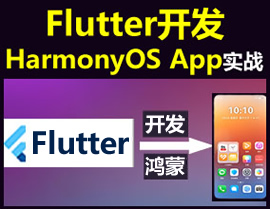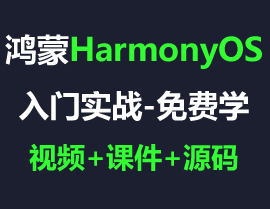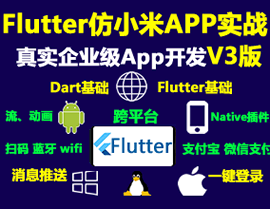5 回复
学习Notion API和AI技术,开发插件实现自动化任务。
要构建Notion AI助手,首先集成API,设计界面,然后训练AI模型处理任务,最后测试并优化。
构建 Notion AI 助手可以通过以下步骤实现:
- 集成 API:使用 Notion API 连接你的应用与 Notion。
- 创建数据库:在 Notion 中设计数据库,存储任务、笔记等数据。
- 开发 AI 逻辑:使用 OpenAI、GPT 等 AI 工具处理自然语言,生成响应。
- 用户交互:设计界面,让用户通过文本或语音输入指令。
- 自动化流程:设置自动化任务,如自动分类、提醒等。
- 测试与优化:不断测试并根据用户反馈优化功能。
通过这些步骤,你可以创建一个高效、智能的 Notion AI 助手。
学习Notion API和AI技术,开发插件实现自动化任务。
构建一个 Notion AI 助手可以帮助你自动化任务、生成内容、总结信息等。以下是实现这一目标的基本步骤:
1. 创建 Notion 集成
- 登录 Notion 并创建一个新的集成。
- 在 Notion 的 Settings & Members 页面,选择 Integrations,然后点击 Develop your own integration。
- 填写集成名称、选择关联的工作区,并设置权限(如读取、写入等)。
- 创建后,保存生成的 Internal Integration Token。
2. 获取 Notion 数据库 ID
- 打开你想要操作的 Notion 页面或数据库。
- 复制页面 URL 中的数据库 ID(通常是 URL 中
https://www.notion.so/后面的部分)。
3. 使用 Notion API
- 使用 Notion 提供的 API 与你的 Notion 页面或数据库交互。你可以使用
requests库在 Python 中发送 HTTP 请求。
示例代码:
import requests
NOTION_TOKEN = 'your_integration_token'
DATABASE_ID = 'your_database_id'
HEADERS = {
"Authorization": f"Bearer {NOTION_TOKEN}",
"Content-Type": "application/json",
"Notion-Version": "2022-06-28"
}
def query_database():
url = f"https://api.notion.com/v1/databases/{DATABASE_ID}/query"
response = requests.post(url, headers=HEADERS)
return response.json()
# 查询数据库
data = query_database()
print(data)4. 集成 AI 功能
- 你可以使用 OpenAI 的 GPT-3 或其他 AI 模型来生成内容、总结信息等。将 AI 生成的文本通过 Notion API 插入到 Notion 页面中。
示例代码:
import openai
openai.api_key = 'your_openai_api_key'
def generate_text(prompt):
response = openai.Completion.create(
engine="text-davinci-003",
prompt=prompt,
max_tokens=150
)
return response.choices[0].text.strip()
# 生成文本
generated_text = generate_text("Write a summary about AI in Notion.")
print(generated_text)5. 自动化任务
- 你可以编写脚本定期运行,自动从 Notion 中获取数据,使用 AI 生成内容,并将其写回 Notion。
6. 部署与运行
- 你可以将脚本部署到云服务器(如 AWS Lambda、Google Cloud Functions)或使用调度工具(如 cron)定期运行。
通过这些步骤,你可以构建一个功能强大的 Notion AI 助手,帮助你更高效地管理信息和自动化任务。







